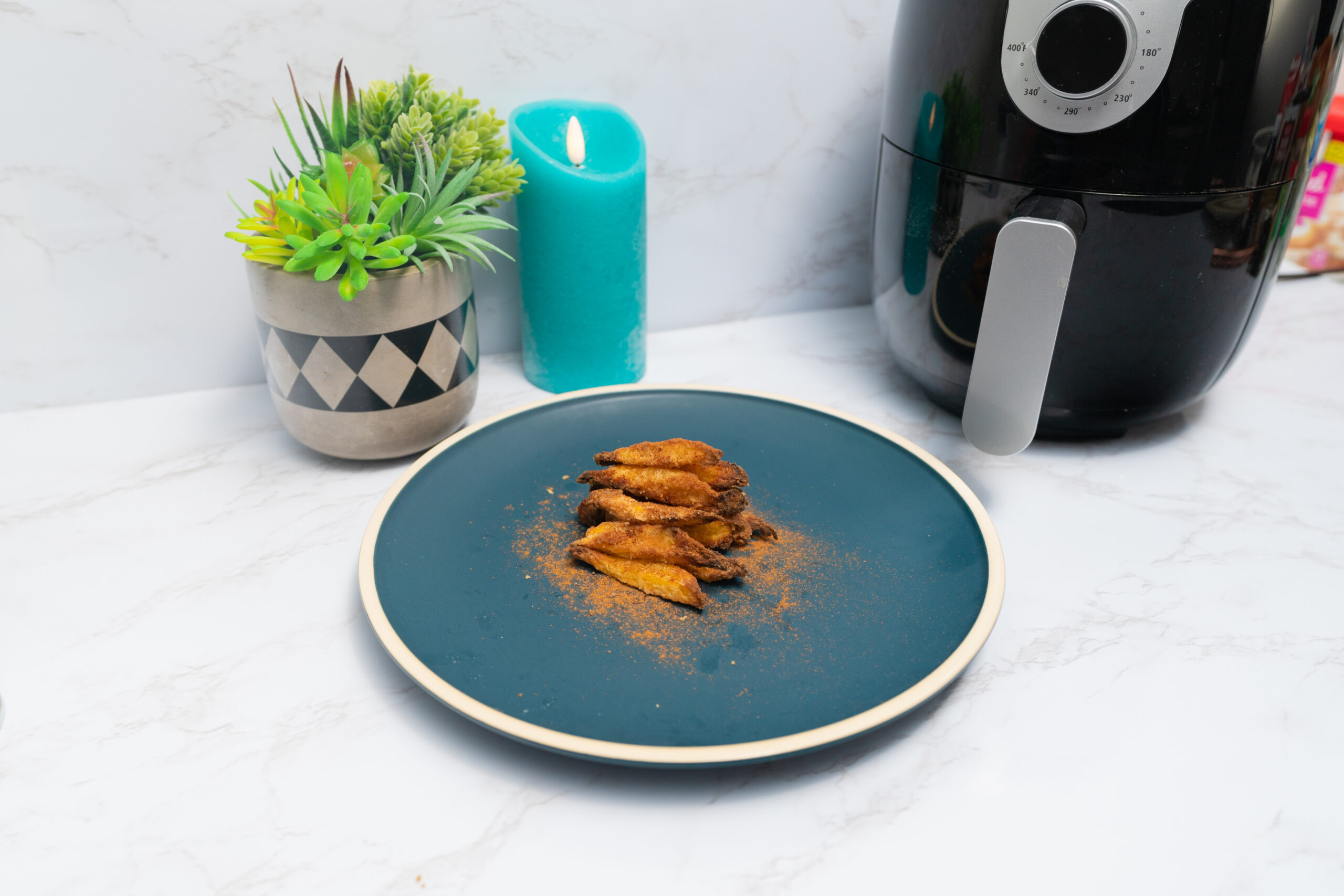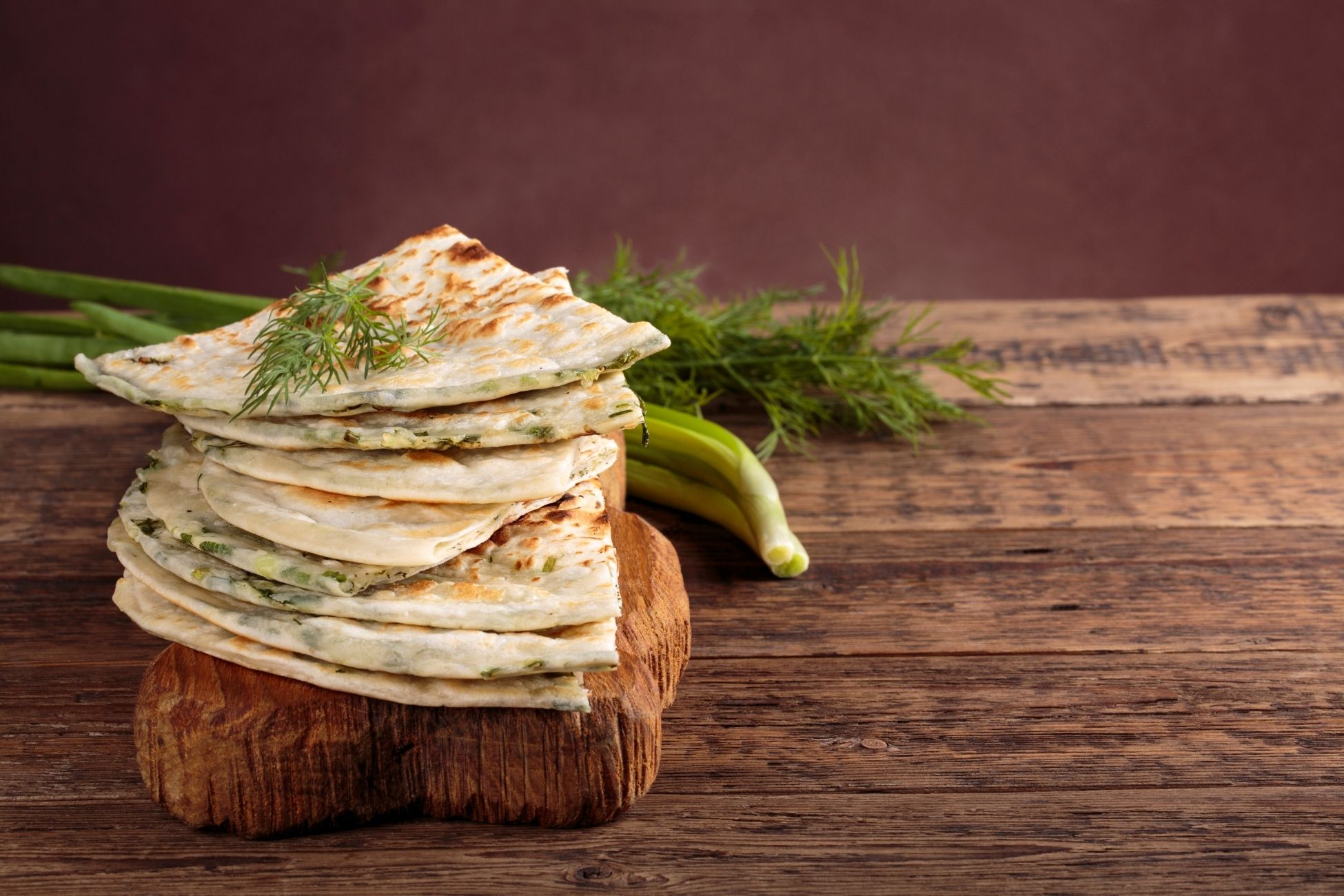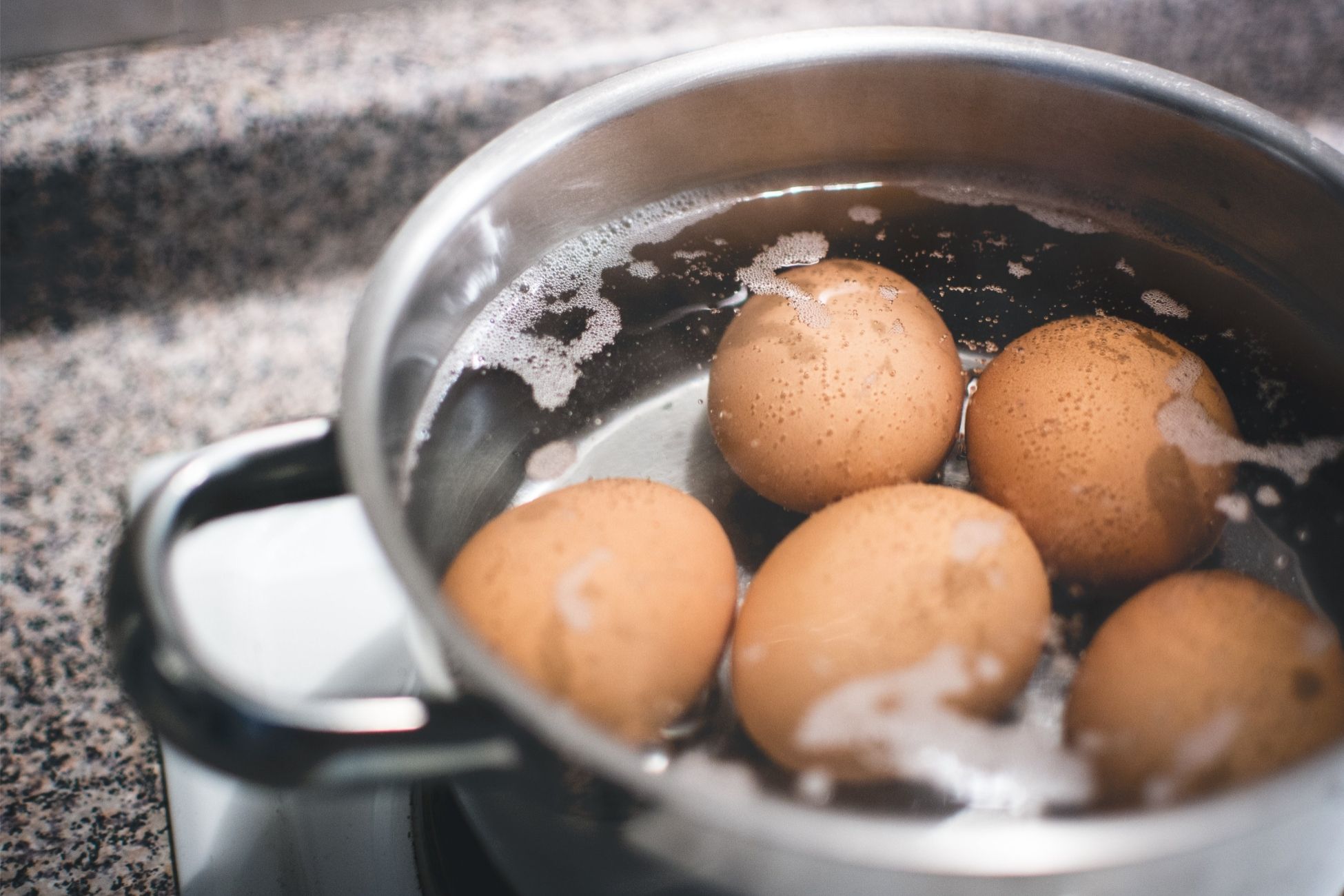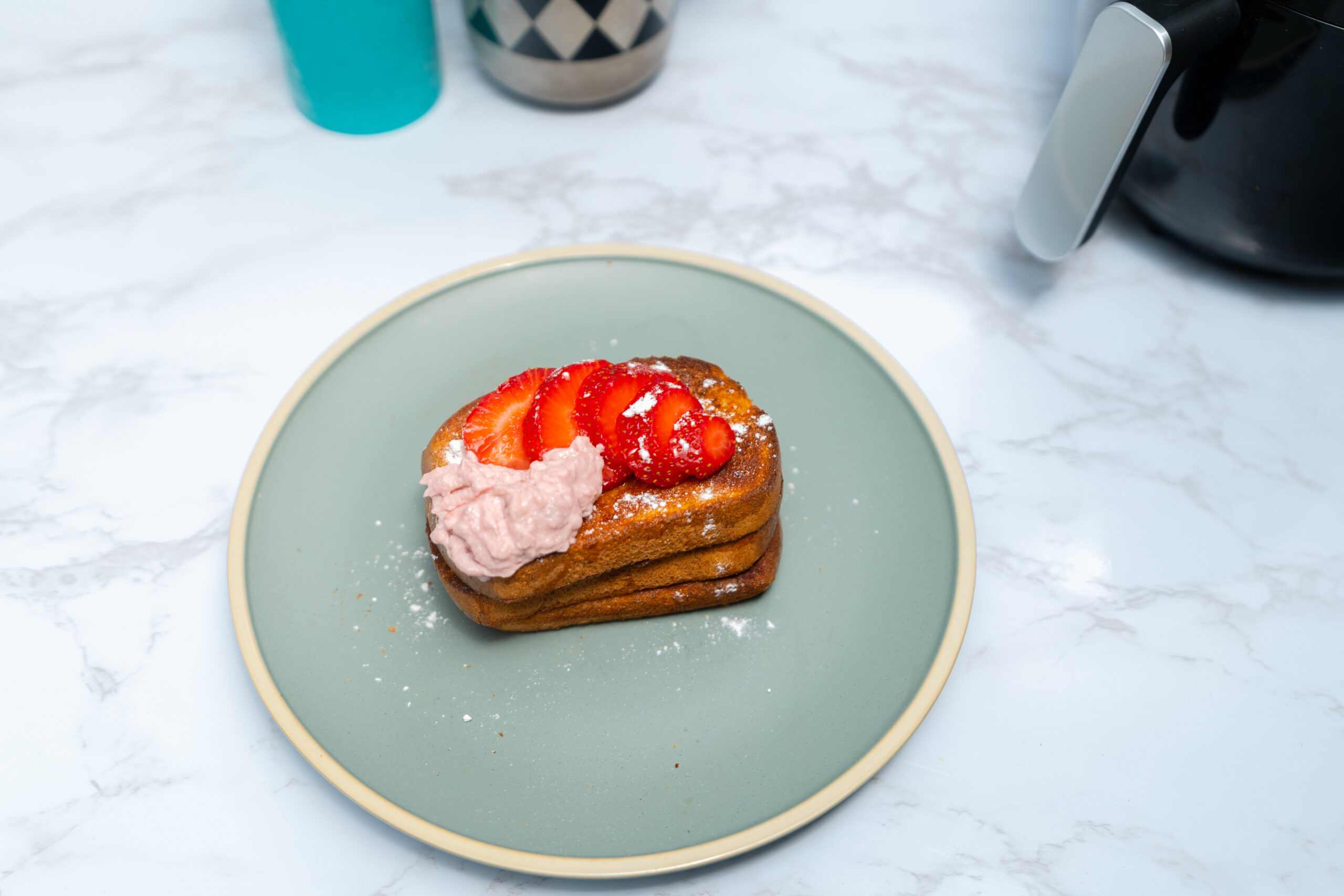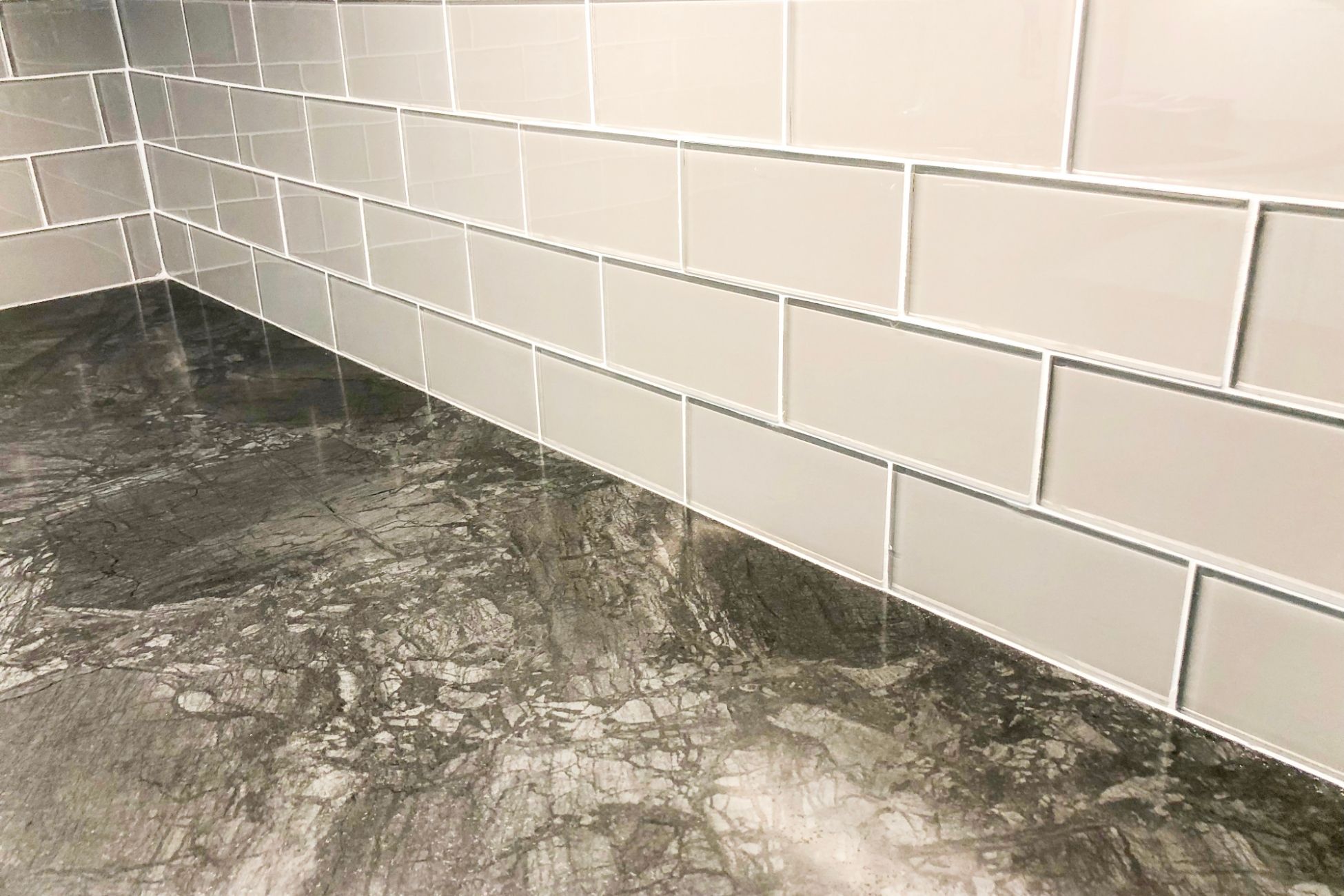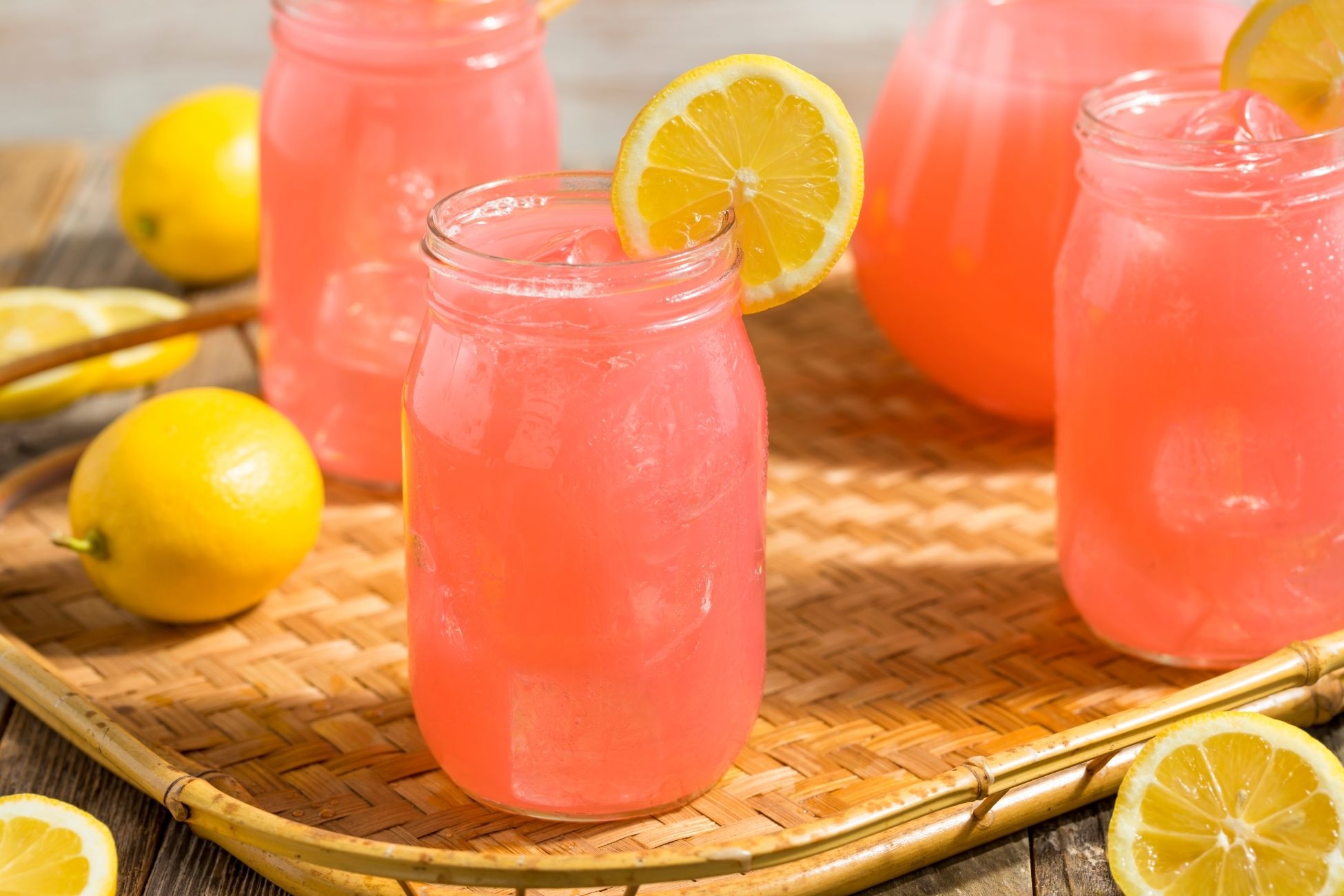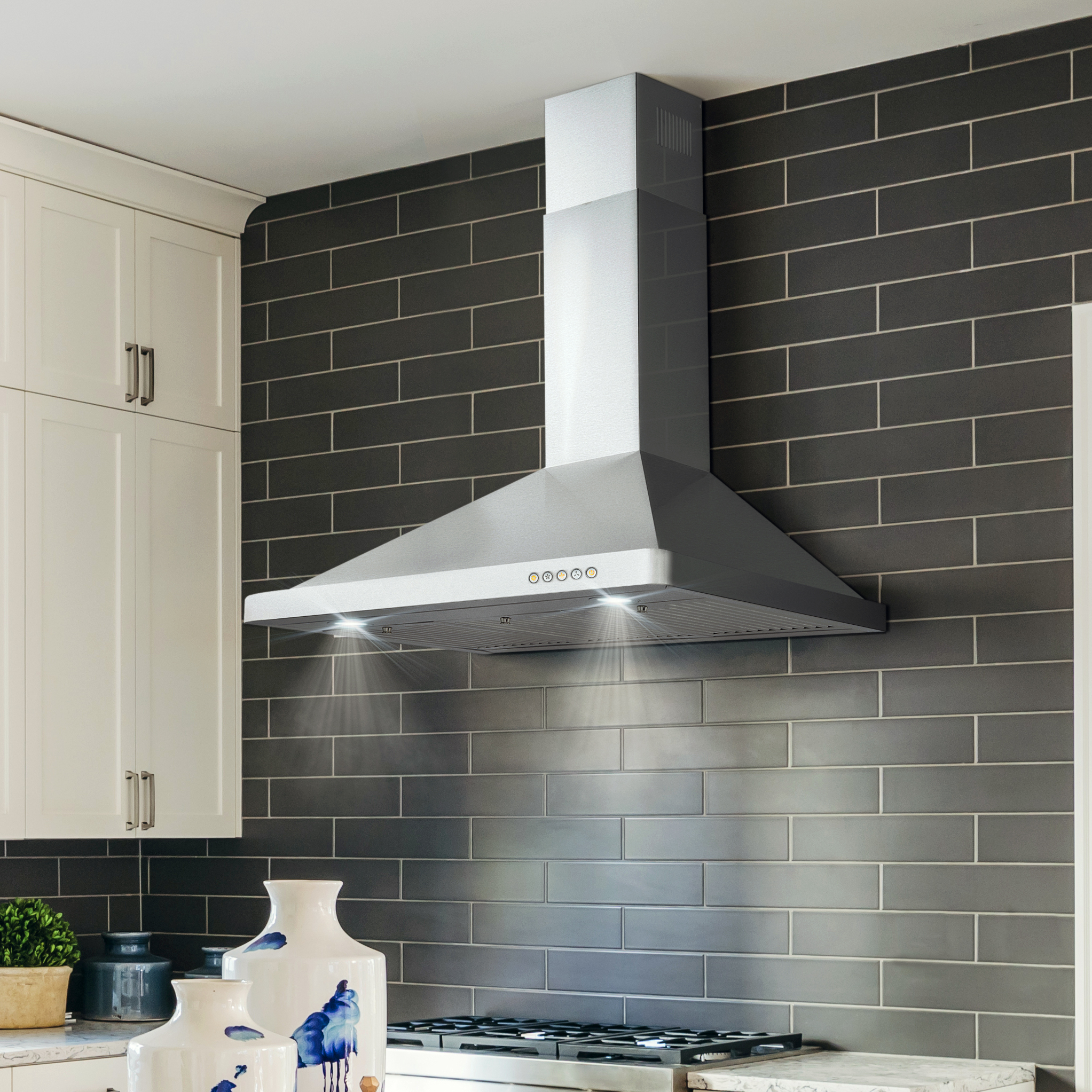These thin, round pancakes are crispy on the outside and chewy on the inside. They’re surprisingly easy to cook at home. You’ll only need four basic ingredients: flour, hot water, scallions and salt. The pancakes can be served on their own, or along a soy sauce and vinegar based dipping sauce. Serve these immediately from the griddle while they’re still warm and crispy. Prep time: 25 mins Cook time: 25 mins Resting time: 30 mins Total time: 80 mins Servings: 4 to 6 servings Ingredients: For the scallion pancakes: 2 cups all-purpose flour 1 teaspoon salt 1/2 teaspoon garlic powder, optional 3/4 cup hot (just boiling) water, plus a few more tablespoons, if necessary 1/4 cup canola oil 3 to 4 scallions, thinly sliced For the dipping sauce: 2 tablespoons soy sauce 2 1/2 tablespoons rice vinegar 1/2 teaspoon toasted sesame oil Pinch red pepper flakes, optional Directions: Mix the dough: Add flour, salt and garlic powder to a medium bowl. Stir to combine. Add 3/4 cup of hot water to the flour and stir with a wooden spoon. Continue stirring until all the water has been absorbed by the flour. Don’t worry if the dough has not formed completely yet. Knead the dough: Knead all the bits of dough together with your hands inside the bowl. If your dough is still very dry, add a splash of hot water, about 1 to 2 tablespoons, until it comes together and all the flour is absorbed. Continue kneading the dough for about 2 more minutes. The dough will feel moist but it should not stick to your hands too much. Rest the dough: Shape the dough into a round ball. Cover the bowl with plastic wrap and let the dough rest for 30 minutes. Roll out the pancakes: Sprinkle flour on top of a work surface. Divide the dough into 4 pieces of equal size. Work with one piece at a time, leaving the remaining pieces in the bowl. Shape piece of dough into a small ball. Use a rolling pin to roll out the dough into a thin circle, about 7 to 8 inches in diameter. Add the scallions: Brush a thin layer of canola oil on top of the dough, making sure not to miss the edges. Sprinkle sliced scallions all over the dough. Roll and flatten the pancake: Starting on one end, roll the circle of dough into a log. Take one end of the rolled up dough and curl it toward the center, like a snail’s shell. Tuck the end of the dough underneath the spiral. Use the palm of your hand to flatten the dough into a thick circle. Roll it out again with your rolling pin. Try to roll it out as thinly as possible. A few slices of scallions may pop out during the process, and that’s perfectly normal. Transfer rolled out scallion pancake to a plate. Repeat steps 4 through 6 with the remaining dough pieces. Cook the pancakes: Heat about 2 teaspoons of canola oil in a small nonstick or cast iron skillet over medium heat. Place one of the pancakes in the middle of the pan and pan fry each side for about 2 to 3 minutes, until golden brown. Transfer to a plate and repeat with the 3 remaining scallion pancakes, adding more oil to the pan as needed. Prepare the dipping sauce: Mix all the sauce ingredients in a small bowl. Adjust the seasonings to your liking, adding more soy sauce or vinegar, if you like. Add any leftover scallions to the dipping sauce, and add a pinch of red pepper flakes if you would like a bit of spice. Serve the hot pancakes: Cut the scallion pancakes into small wedges and serve while hot with the dipping sauce. (The pancakes are still good when cooled, but will no longer be crispy.) Source: Simply Recipes

